Power banks aren’t just for travellers anymore. For most of us, they’re part of our daily routine — keeping our phones, earbuds, and tablets alive when we’re far from a wall socket. But if you’ve noticed your once-trusty power bank isn’t quite as powerful anymore, you’re not imagining things.
Yes, power banks degrade over time. But no, it doesn’t have to happen quickly. With the right charging habits, handling, and storage techniques, your power bank can last a lot longer than you might expect.
If you’ve ever searched for “how to make your power bank last longer” or “best way to care for a portable charger”, this guide is for you.

Editor
Lloyd Kelly Miralles chevron_right
Table of Contents
Why Do Power Banks Lose Capacity Over Time?
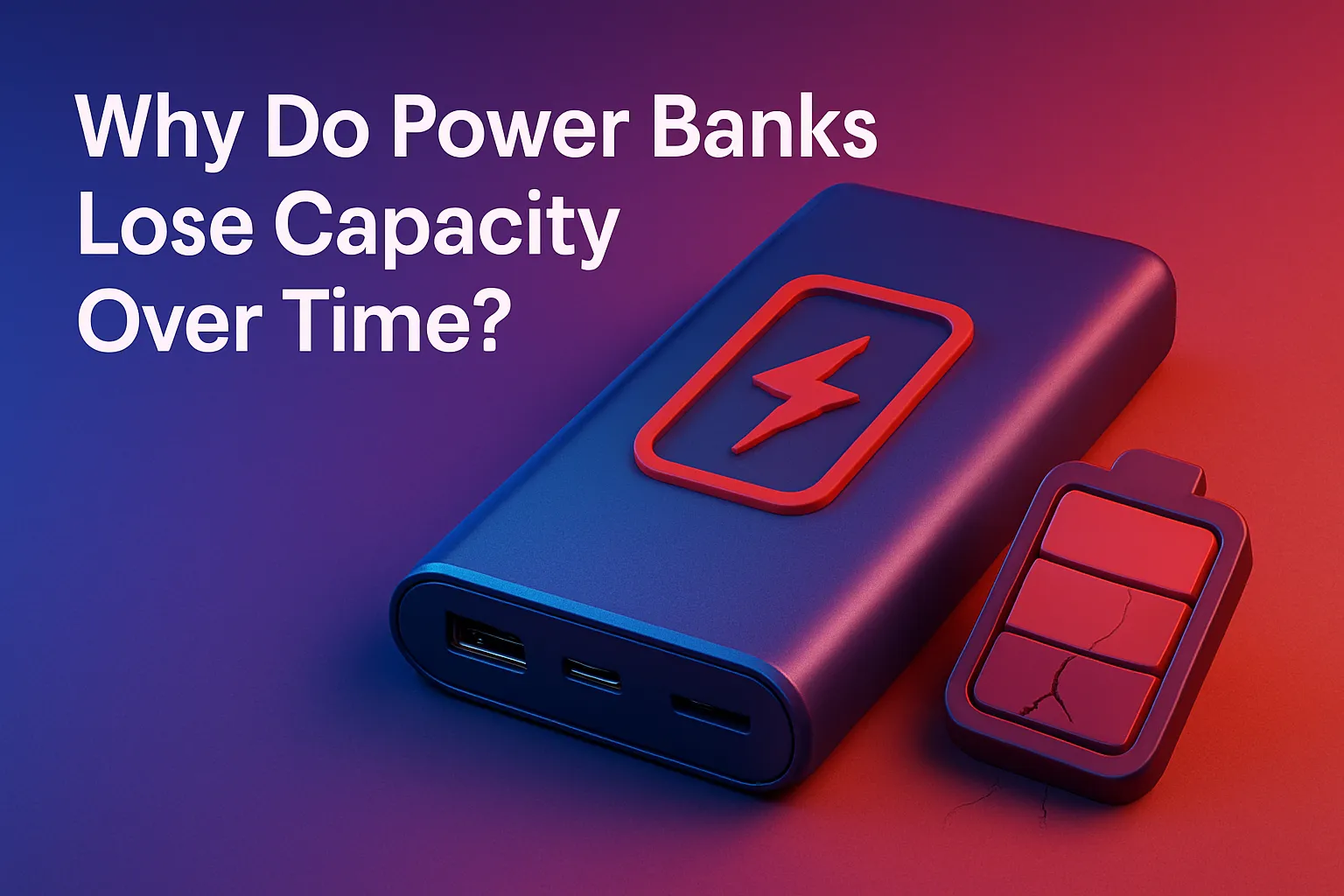
Power banks use lithium-ion or lithium-polymer batteries, just like smartphones and laptops. These batteries degrade with each charge cycle — that’s one full charge from 0% to 100%. Most power banks are designed for 300 to 500 cycles, depending on quality.
Other factors that shorten a power bank’s lifespan:
- Overheating during charging or use
- Storing the power bank empty for too long
- Using poor-quality chargers or cables
- Frequent full discharges or overcharging
So if you want to keep your power bank working like new, you’ll need to build a few new habits — don’t worry, they’re simple.
Avoid Draining the Battery to 0%
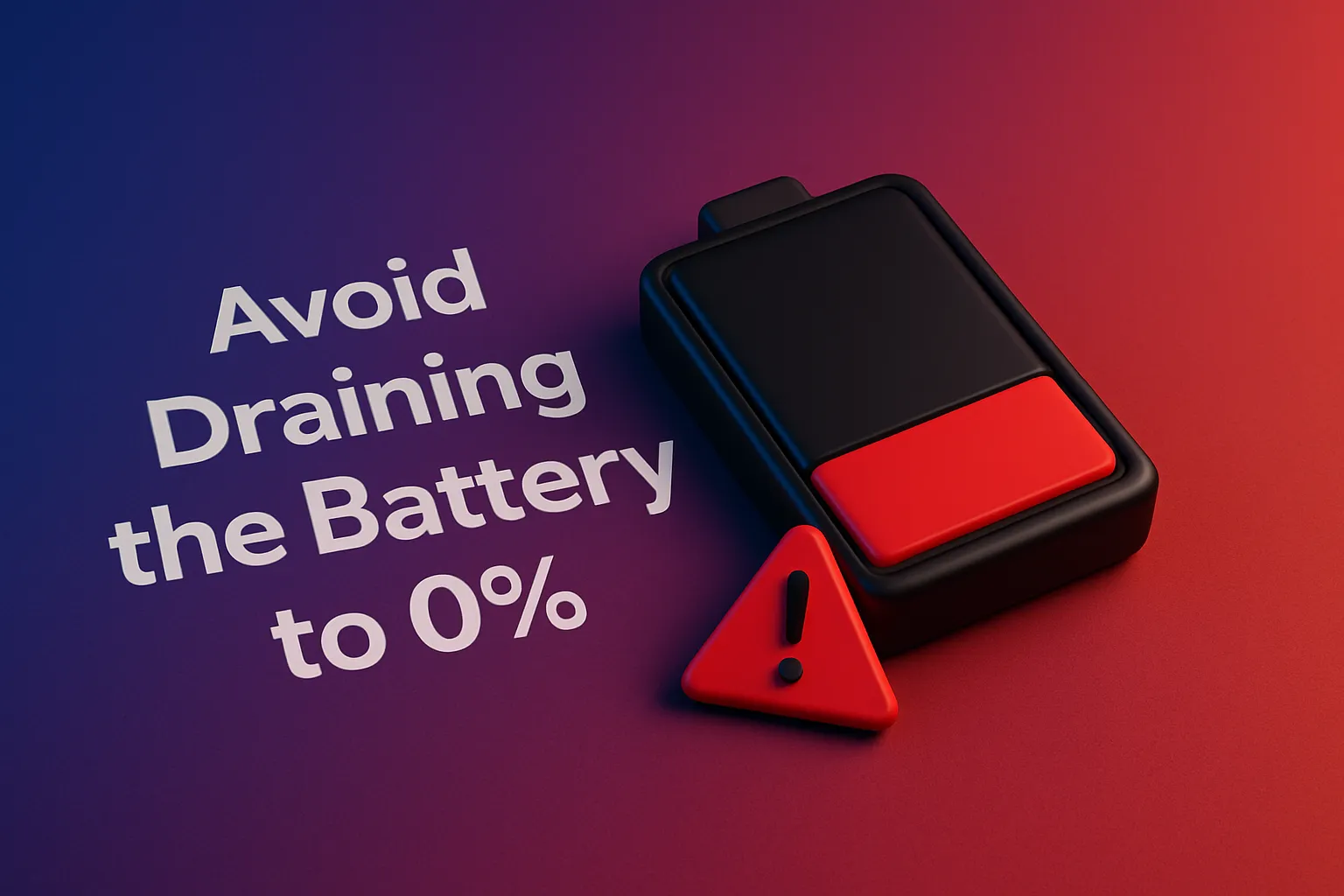
One of the top reasons power banks degrade faster is frequent deep discharge — draining it all the way to empty before recharging.
Why it matters:
Lithium batteries perform best when kept between 20% and 80%. Constantly going down to 0% stresses the cells and shortens battery life.
What to do instead:
- Recharge when your power bank hits 20–30%
- If storing long term, leave it at 50–60%, not empty
Don’t Leave It Plugged in After It’s Fully Charged
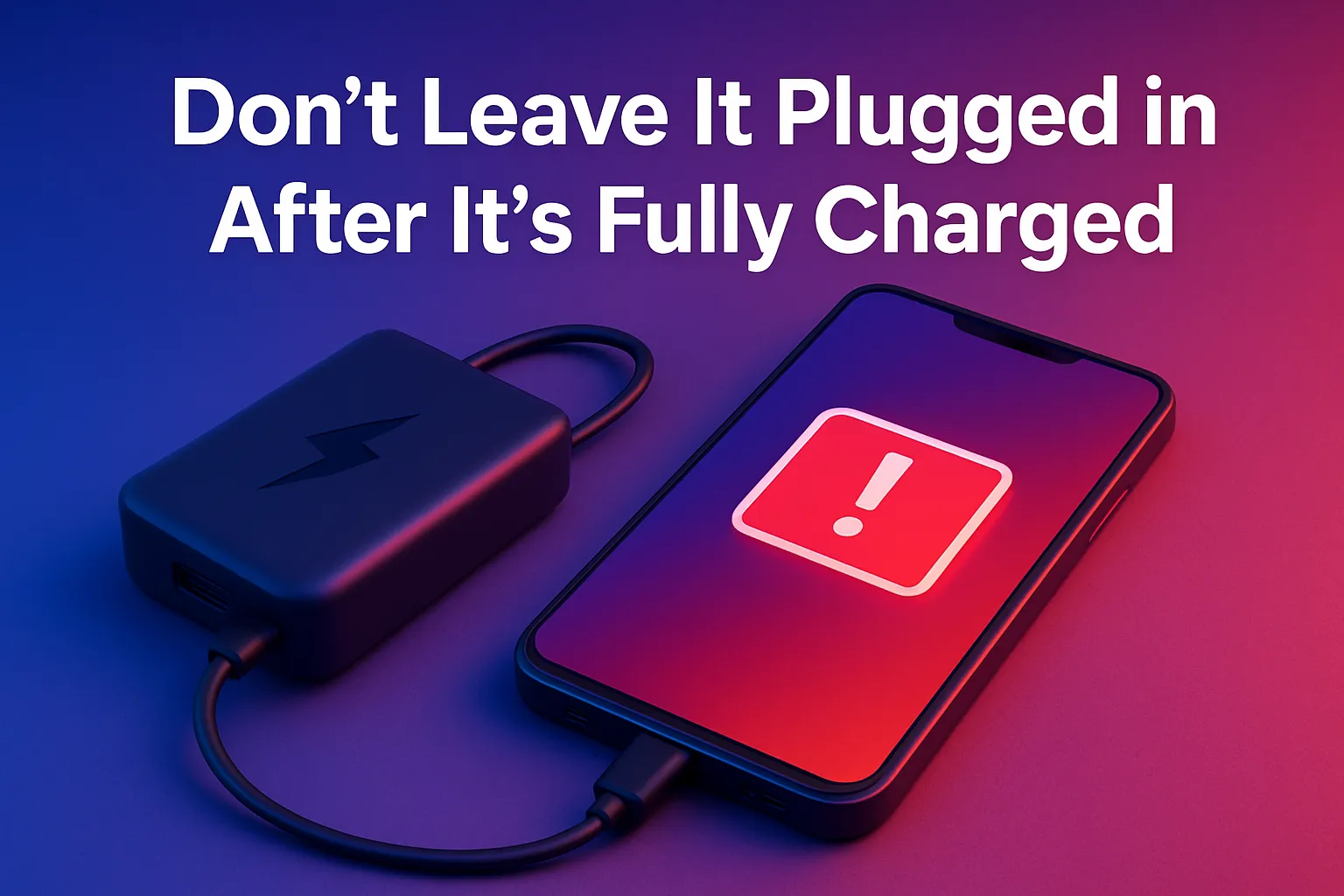
Many people ask, “Is it safe to leave a power bank charging overnight?”
Technically yes, thanks to built-in protection circuits — but it’s not ideal.
Why it’s risky:
- Constant power flow creates heat, which damages battery chemistry
- Some cheaper models don’t stop charging properly
Best practice:
- Unplug your power bank once it hits 100%
- If charging overnight, use a certified charger and avoid soft surfaces that trap heat
Keep It Cool — Literally
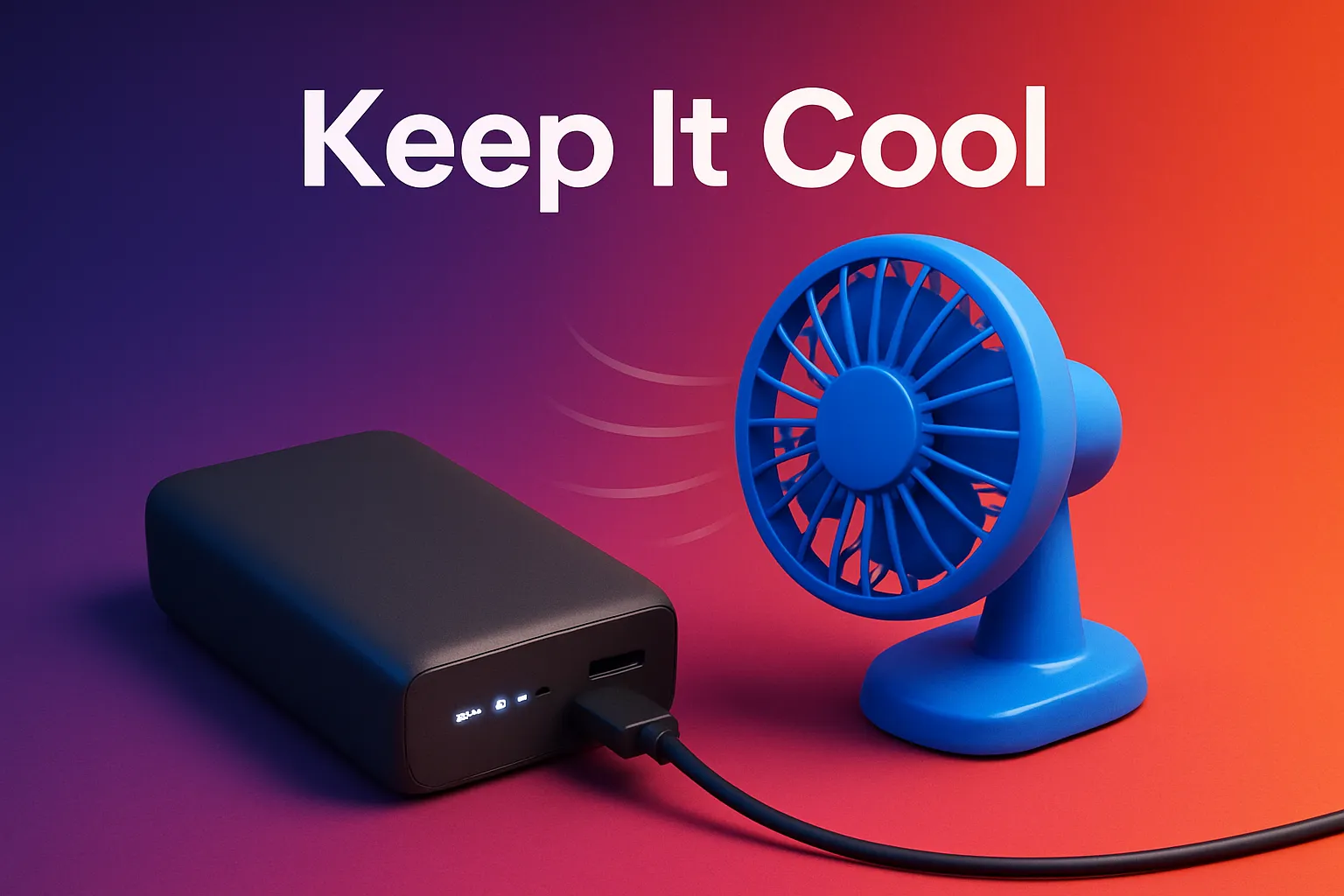
One of the most effective ways to extend your power bank’s lifespan is to avoid heat.
Why heat is harmful:
Excess heat speeds up chemical degradation inside the battery. It can also trigger swelling, slow charging, or reduced capacity.
How to protect it:
- Avoid using or charging in hot places (cars, direct sunlight)
- Don’t stack your power bank under laptops or heavy items
- Use a ventilated pouch or case if storing in a bag
Use the Right Charger and Cable
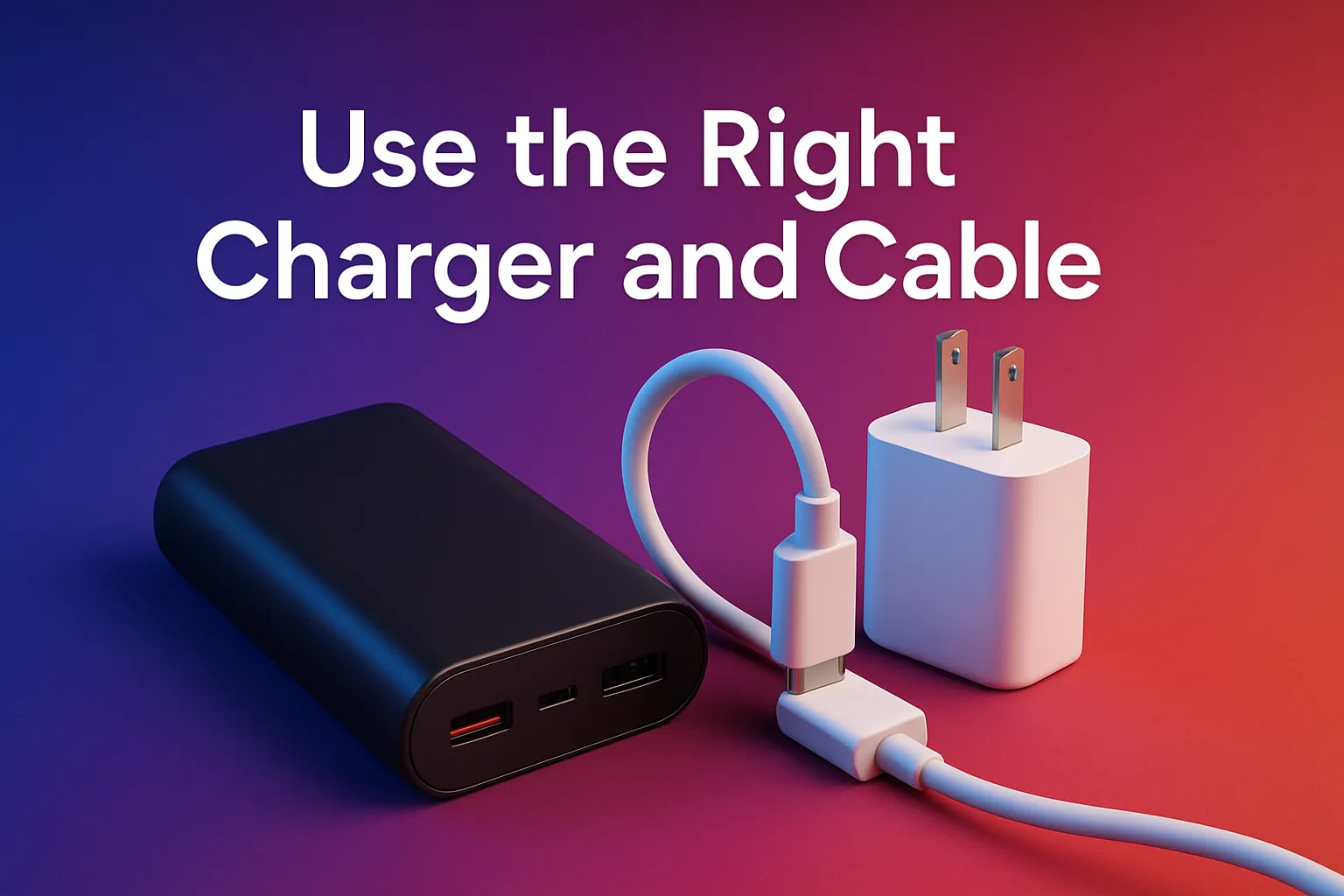
A common question is: “Can using the wrong charger damage my power bank?”
Yes, especially if the charger is underpowered or poorly made.
What to use:
- Chargers that match the power bank’s input wattage (e.g. 18W PD)
- High-quality USB-C or USB-A cables rated for fast charging
- Avoid $2 knock-off cables — they can damage ports and slow charging
If your power bank supports USB-C PD input, use a compatible PD wall charger for optimal performance.
Don’t Ignore It for Months
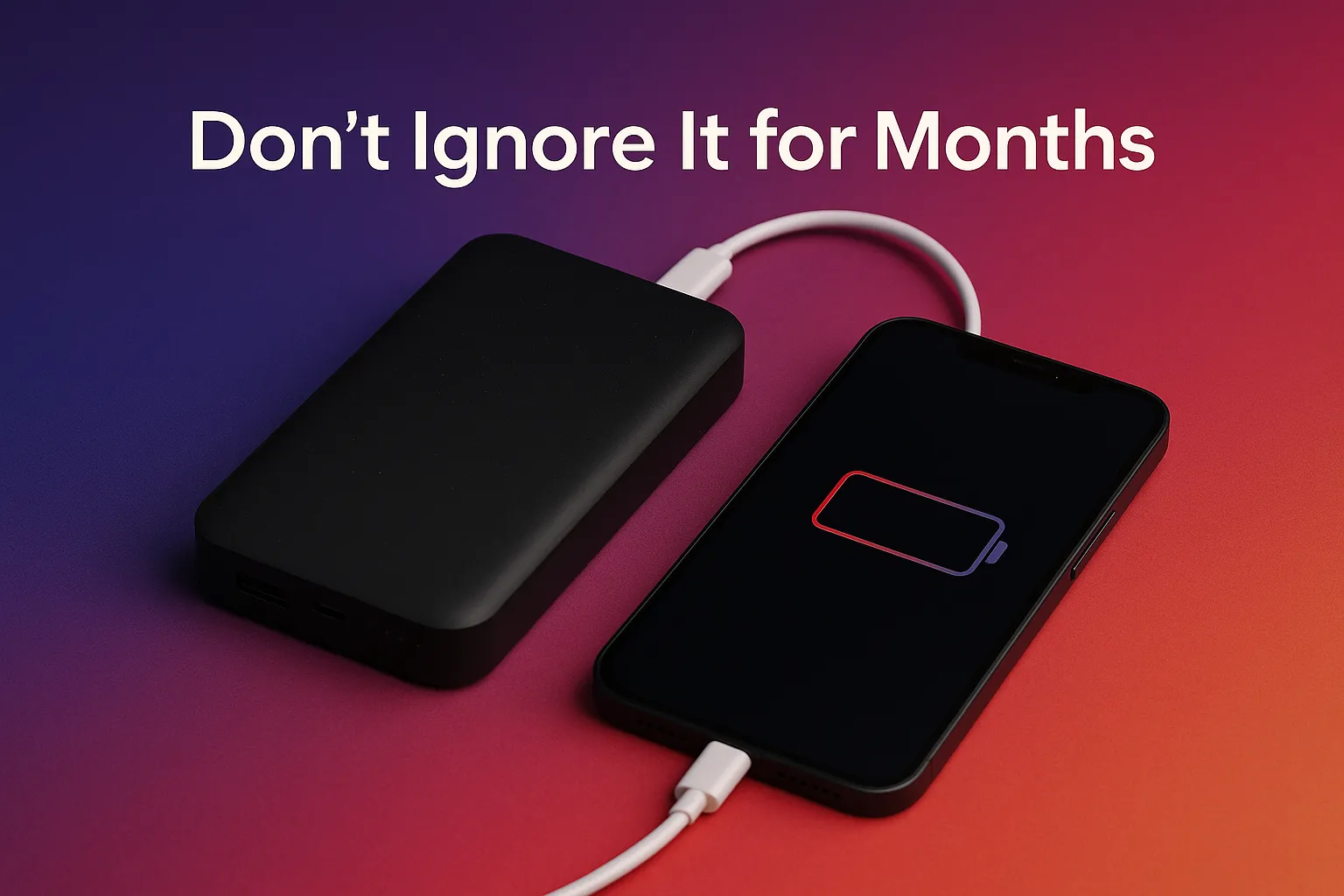
Many people store power banks for emergencies, but then forget to check on them.
What happens:
- Batteries slowly self-discharge over time
- If left empty, they can fall into deep discharge, which is hard to recover from
What to do:
- Every 3–4 months, charge it up to 50–60%
- Don’t store long-term at 0% or 100%
Whether it’s your travel backup or your “just in case” bank, it still needs regular attention.
Handle with Care — It’s Not Just a Block of Plastic

Yes, it’s portable. No, it’s not indestructible.
Power banks can be damaged internally by:
- Drops and bumps
- Being squished in tight bags
- Contact with liquids or metal objects
Pro tip: Use a padded pouch or sleeve, especially for heavier banks. And if it starts bulging or leaking? Stop using it immediately.
Signs Your Power Bank Is Wearing Out
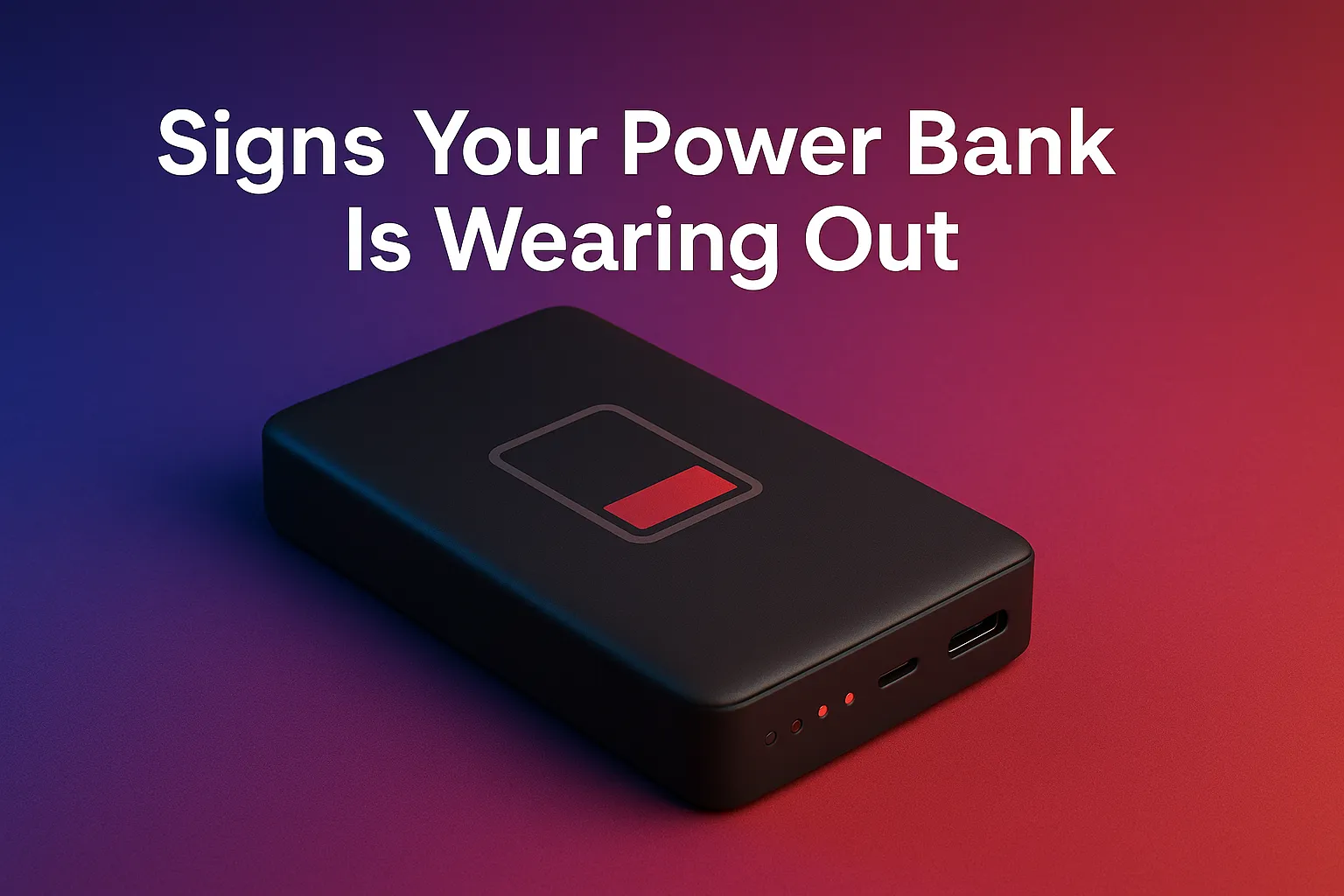
Not sure if your portable charger is on its way out? Here’s how to tell.
Watch for:
- It charges your phone slower than usual
- It heats more while in use
- The power bank runs out faster than it used to
- You’re only getting half the number of charges you used to
- It has a bulging shape, smells weird, or the casing is separating
If any of these sound familiar, it’s likely time to replace it — especially if it’s affecting safety.
How to Store a Power Bank Properly
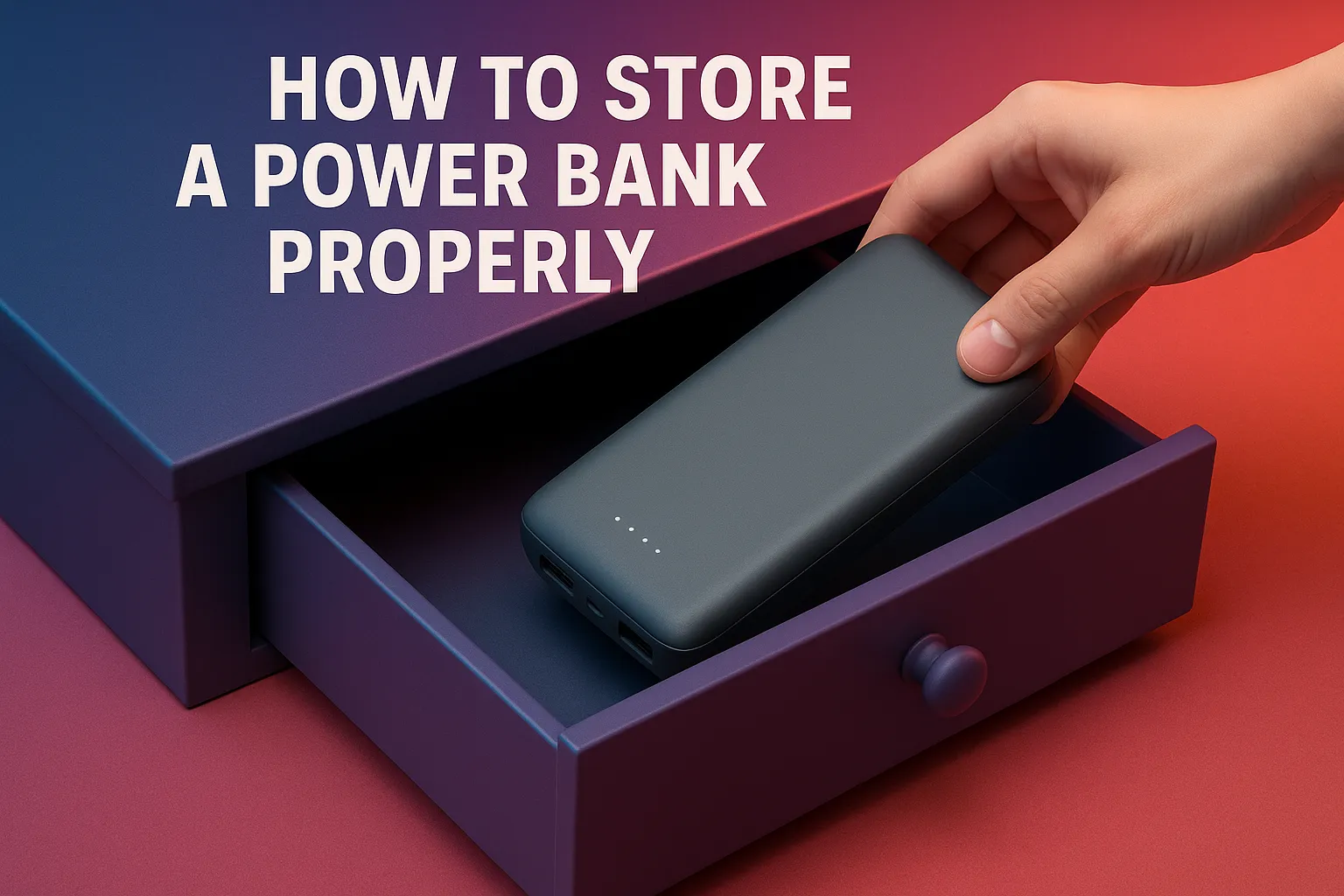
If you’re wondering, “What’s the best way to store a power bank when not in use?”, here’s the answer:
Do:
- Charge it to around 50%
- Keep it in a cool, dry place
- Use a case or container to avoid dust and metal contact
Don’t:
- Store it fully charged or fully empty
- Leave it in your car or near a window
- Toss it into a drawer unprotected
Even if you only use your power bank for holidays or long flights, this keeps it healthy between uses.
What Happens When It Dies? (And What to Do)
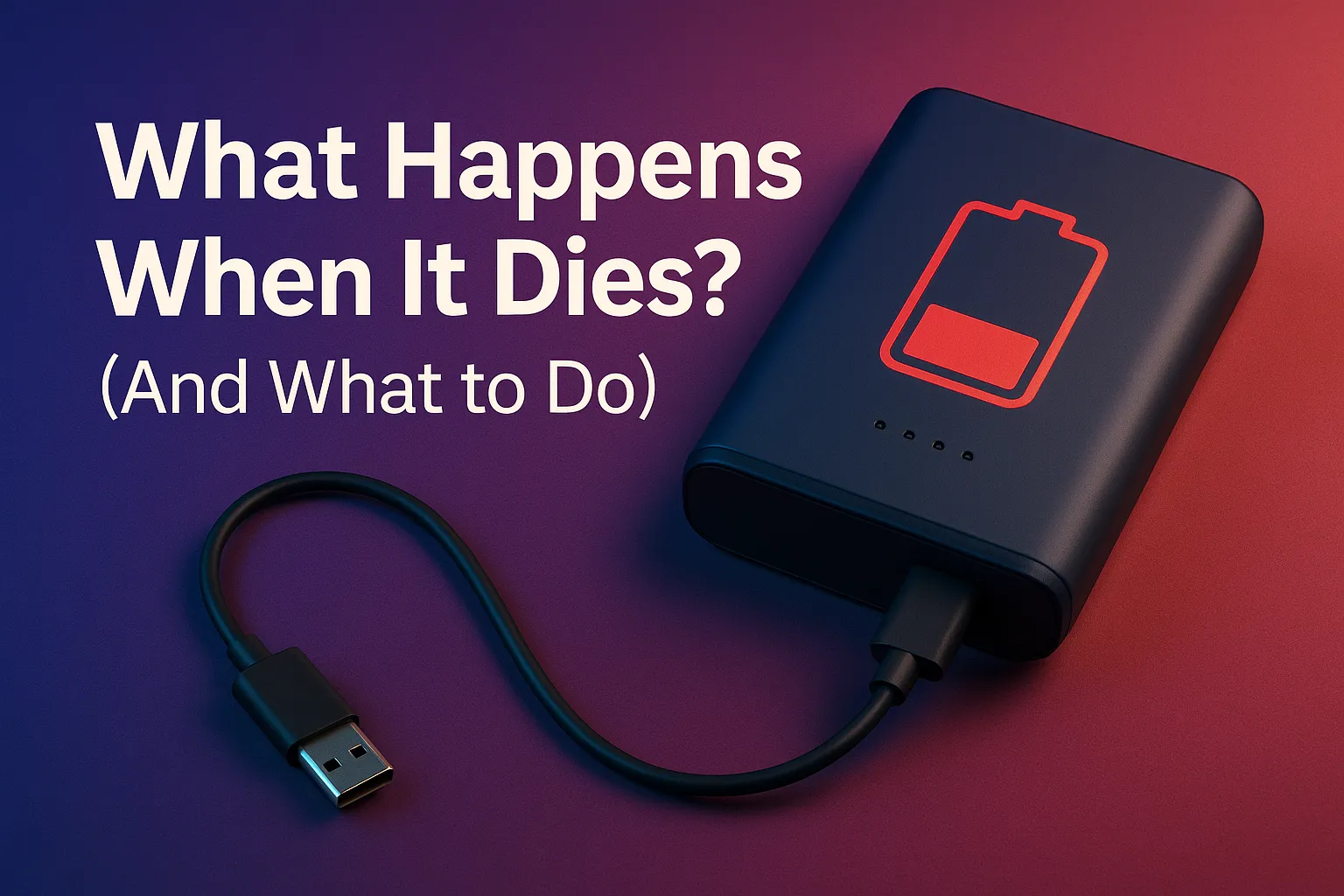
All power banks eventually stop holding charge. When that happens:
- Don’t throw it in the trash — it’s considered e-waste
- In Singapore, drop it at:
- ALBA e-waste bins (found in malls and HDBs)
- Challenger, Harvey Norman, IKEA, and Best Denki outlets
This ensures it’s safely and responsibly recycled.
Frequently Asked Questions Answered by the ProductNation Team
How many years do power banks last?
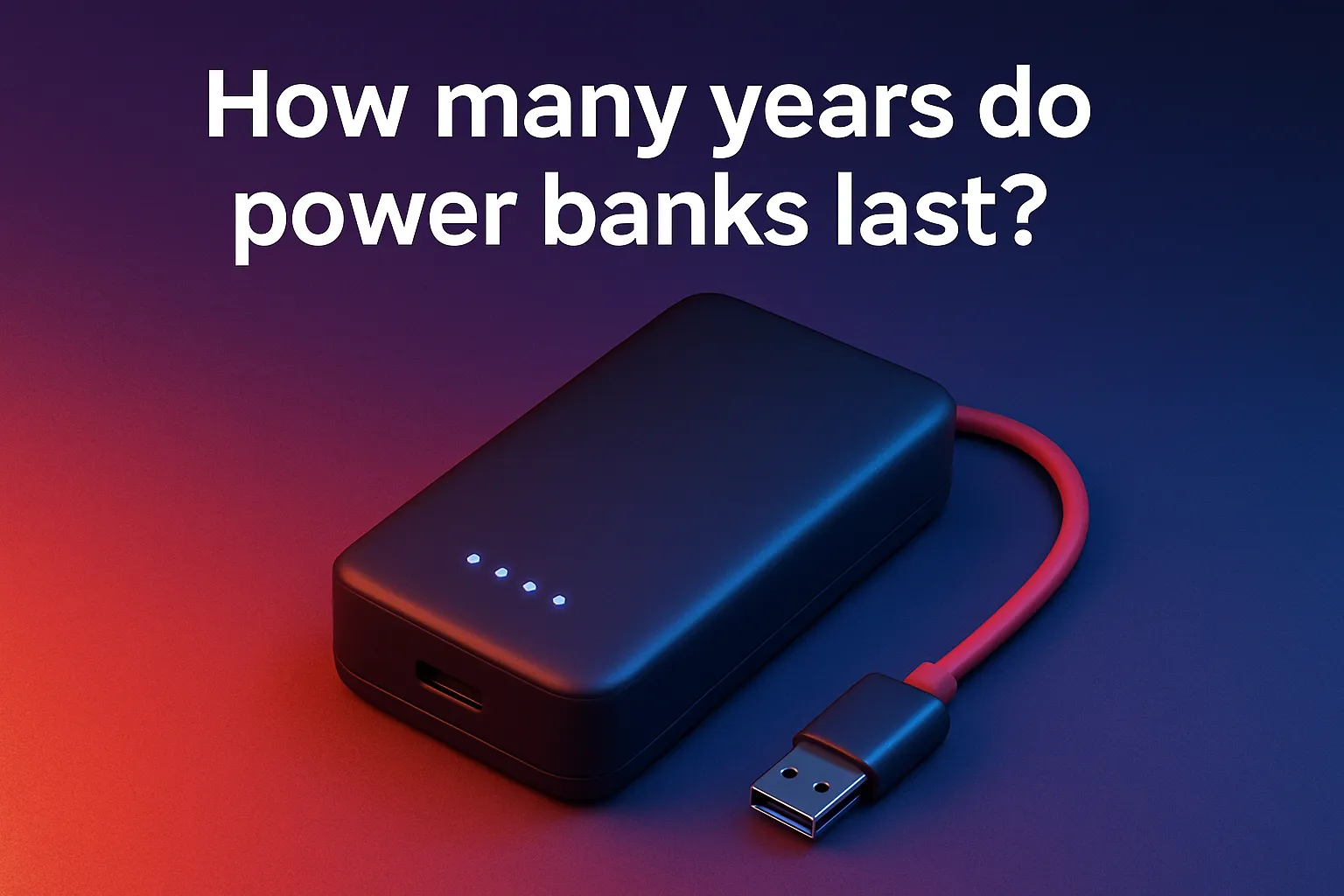
Most power banks last 2–3 years with regular use, or up to 5 years with good care.
Can you overcharge a power bank?
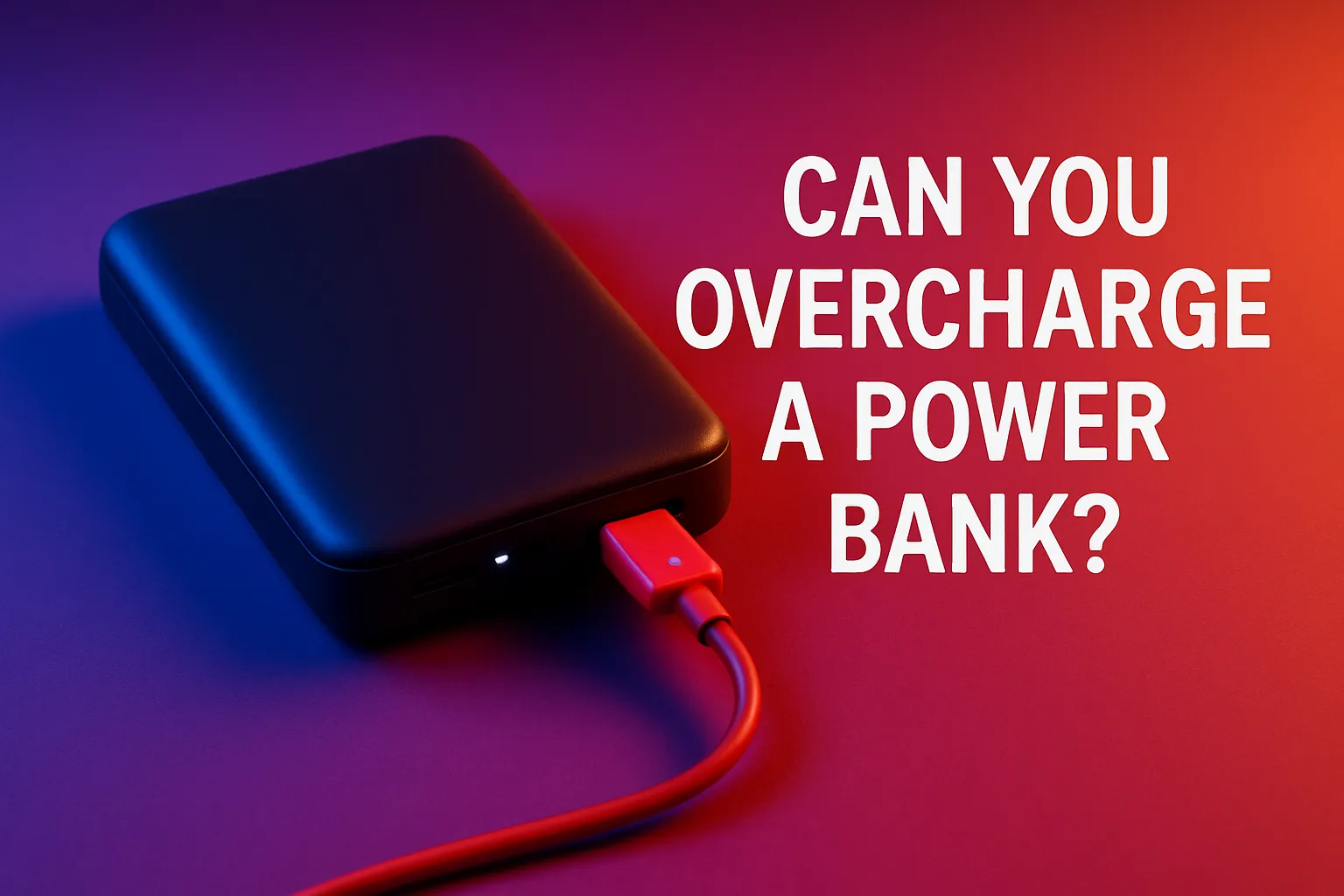
Modern power banks have protection circuits, but constant overcharging can still cause heat and reduce lifespan.
Is it okay to leave a power bank unused for months?
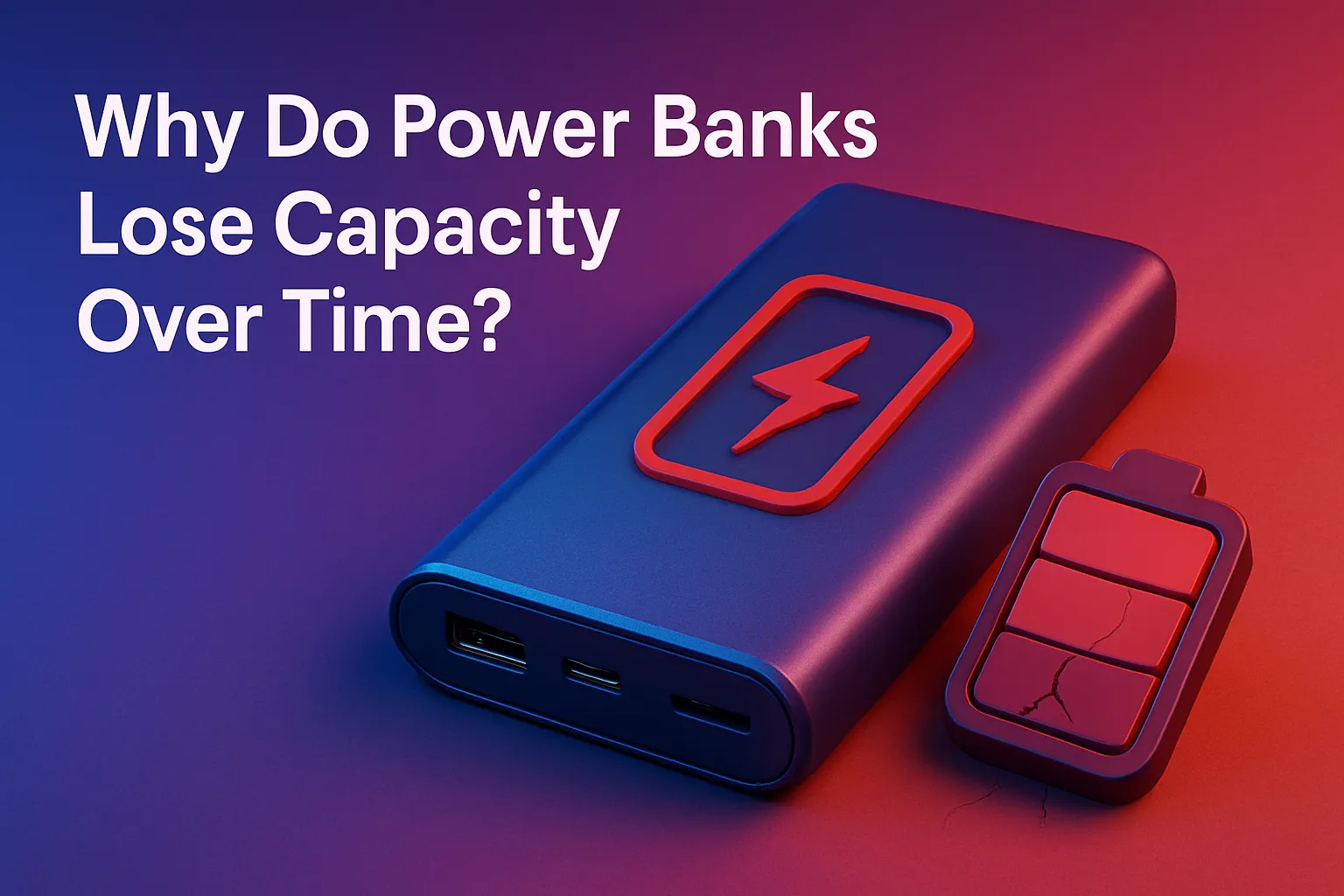
Not really. Recharge it every few months to avoid deep discharge and battery damage.
Can a power bank explode or catch fire?
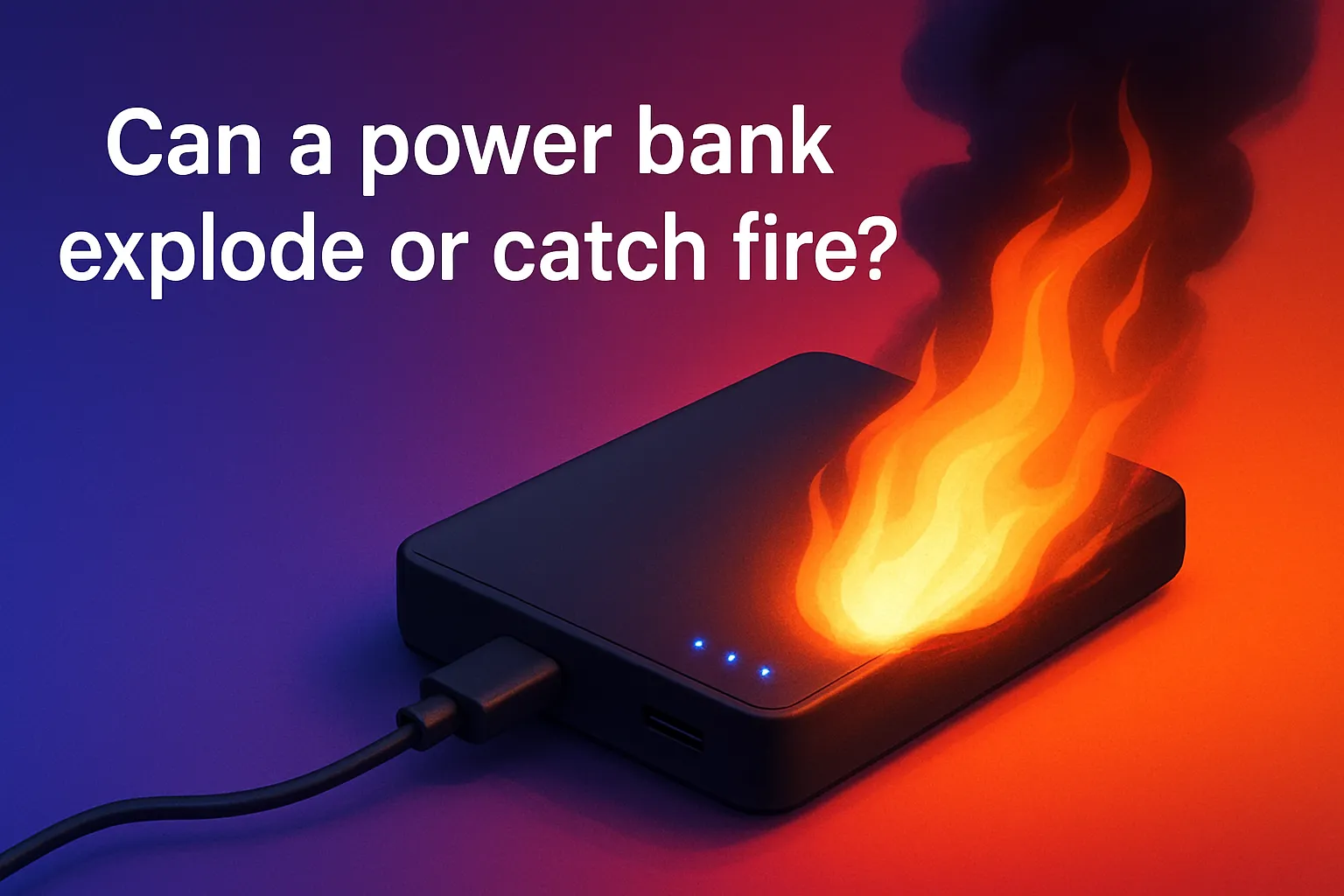
It’s rare, but possible — especially if it’s damaged, exposed to heat, or poorly made. Always use certified products.
Conclusion
If you’ve invested in a quality power bank, take care of it like you would any other gadget. A few smart habits — like avoiding heat, not overcharging, and topping it up occasionally — can go a long way in extending battery health and saving you money in the long run.
Don’t wait for your power bank to die before thinking about maintenance. Treat it right, and it’ll have your back when your phone hits 5% in the middle of nowhere.
